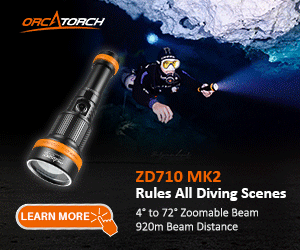It's important to use this consistent terminology with pony bottles (and not-pony bottles), because concepts for pony bottles have many assumptions built in. There are many terms one can use for the dive-extender, including a slung-bottle, redundant air, doubles, independent doubles, etc. Pony bottle reverse to how it's used.
An advantage of a pony-bottle, is the simplicity. "I know this 19cu pony bottle is always (mostly) full, and can handle emergencies for me up to 100ft." There isn't much guessing, or room for error, and it's basically always available and always full. When people give advice for pony-bottles, the assumption is that advice applies to pony-bottles, and not dive-extenders.
For example, if someone asks "what size of pony do I need at 100ft" but then starts using that to extend their dives at 100ft, they asked the wrong question and received non-applicable answers, and their redundant air is no longer as useful. However, if you want to extend a dive and also have redundancy, then we're basically talking about gas planning, a larger tank, and making sure both tanks have enough of a reserve to safely surface.
Of course, once one knows what size of "pony" they need at a given depth, it also makes it somewhat easy to figure out how much of an larger tank you could use as a dive-extender. For example, if you need a 19cu pony at 100ft, then you could use about half of an 40cu for dive-extending at 100ft.




